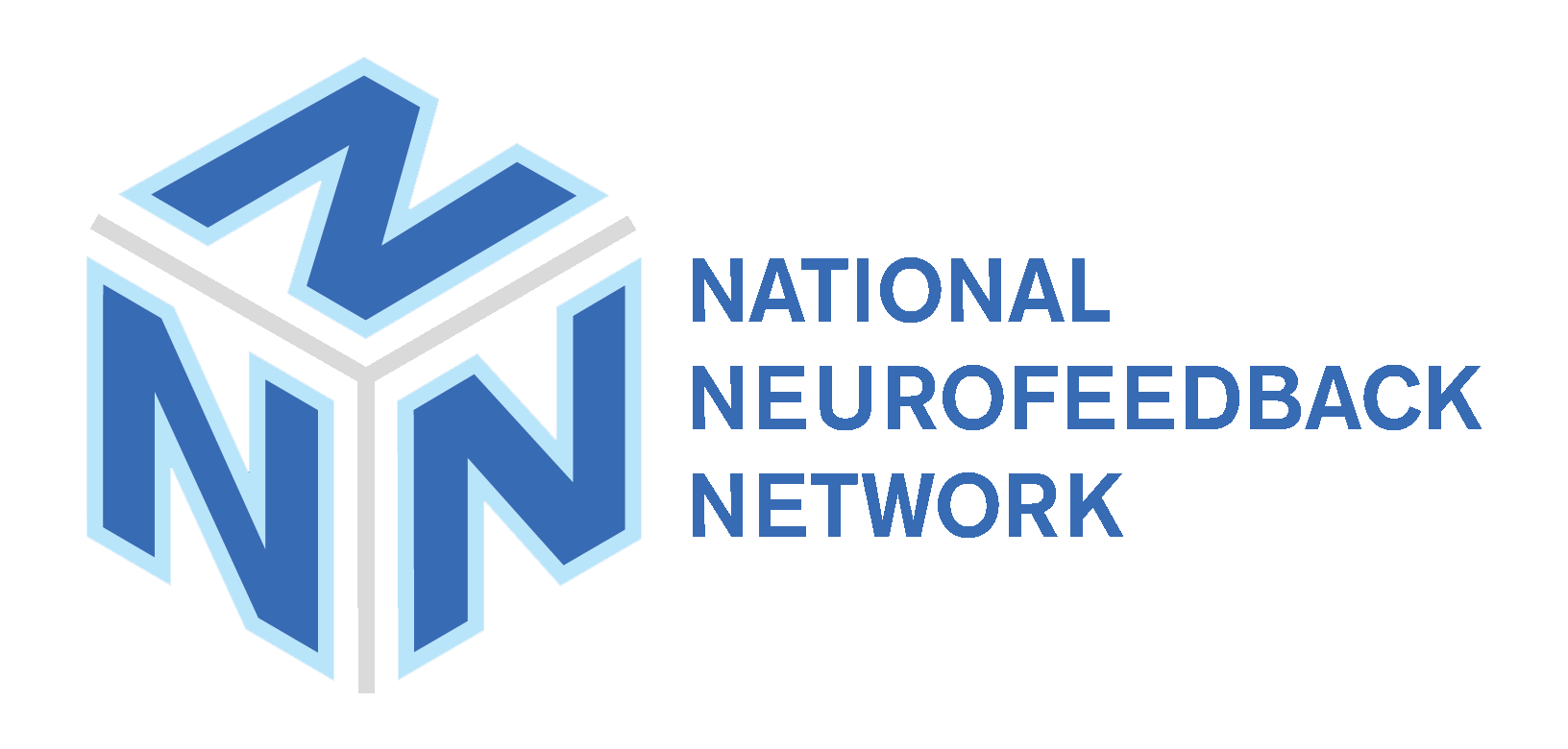Anxiety Disorder is the most widespread form of mental illness in the United States and is suffered in various forms by more than 40 million American adults. Furthermore, the diagnosis of this problem is usually made by the time the patient is just 11 years old so children are impacted, too. Sometimes it’s experienced as an occasional panic attack. Other people suffer from it as a pervasive, constant feeling of unease. Yet not every experience with anxiety can be classified as an example of anxiety disorder. The real test is the difference these feelings make to the sufferer’s ability to function at home and work every day.
Here are the different types of anxiety disorders and the estimated number of people who suffer from them:
• Social anxiety disorder – 15 million
• Major depression disorder – 14.8 million
• Post-traumatic stress disorder or PTSD – 7.7 million
• General anxiety disorder (GAD) – 7 million
What are the physical signs of anxiety?
Although anxiety is caused by psychological factors, it can also cause severe and recognizable physical symptoms that may mimic physical ailments related to the heart, lungs and digestive tract. These symptoms include:
• A feeling that the heart is pounding in the chest
• Profuse sweating
• Headaches
• Stomach upset, sometimes to the point of nausea
• Dizziness
• Trouble catching one’s breath
• Tension in the muscles including twitching
• Frequent urination or diarrhea
• Trembling
• Insomnia
How can Anxiety be treated effectively?
There are several different ways to eliminate or at least reduce the symptoms of anxiety including medication, talk therapy and neurofeedback. Here’s a brief overview of each:
Medication
Medication may be used to provide immediate relief for anxiety disorder symptoms and continued for a short time. It is also often prescribed to be used with other therapies. Unfortunately, some types of anxiety drugs can be habit-forming. Therefore, their usefulness may be limited depending on the circumstances and the patient.
Different medicines are appropriate for different forms of Anxiety. Some are used for preventive care while others were developed to be used to cure an attack in progress. Serotonin reuptake inhibitors (SSRIs) such as Prozac, Paxil, Zoloft and Celexa are anti-depressants and can be taken to prevent or treat various disorders.
Serotonin and norepinephrine reuptake inhibitors or SNRIs, impact serotonin and norepinephrine by slowing down the absorption of these neurotransmitters in the brain. This helps improve the patient’s mood and reduces feeling of anxiety and panic.
Another drug category, antihistamines and beta-blockers, may also be prescribed to relieve mild cases of social and performance anxiety and patients. These are usually prescribed to prevent problems before an anxiety-provoking situation such as a public performance or job interview. They may also be taken to resolve a panic attack while it is occurring.
Cognitive Behavior Therapy
Cognitive Behavior Therapy or CBT seeks to help the patient identify certain negative thought patterns, which can lead to anxiety and fear-driven behaviors. Having identified the triggers, the therapist and patient then work on developing strategies to prevent their occurrence or/and reduce their power to induce fear.
CBT, unlike traditional psychoanalysis, focuses on only one issue. This allows treatment to be completed in a relatively short time frame of about five to ten months with 50-minute sessions taking place once a week. During these sessions, therapists teach their patients a set of principles and behaviors that they can use throughout their lifetime to prevent and eliminate anxiety.
Neurofeedback is also gaining ground as a non-evasive, non-medicinal anxiety therapy.
Although medication and CBT address much of the negative aspects of Anxiety, neither of them is actually able to change the way brain function produces the physical as well as emotional reactions caused by fear. Medication works on increasing or decreasing the interaction of transmitters in the brain. CTB addresses the reaction of the mind and body once the fear begins. However, Neurofeedback seeks to change the way the brain works so the feelings of panic and anxiety never occur in the first place.
Through neurofeedback, patients learn how to calm the brain and redirect its energy away from anxiety-provoking thoughts into more productive patterns. Once learned, these patterns will come to be followed as the brain’s new normal.
The result is a treatment, which, unlike medication, is never addictive or harmful to the health of the brain or body. In addition, because this state of training can be achieved within 20 to 40 sessions, it’s often completed before CTB sessions can begin to be most effective. It can also be undertaken by patients while they are still being prescribed medication or/and undergoing other forms of therapy.
Through neurofeedback, patients learn out to redirect the brain performance in real time. These adjustments enable them to focus more effectively and alleviate depression and anxiety. Once learned and practiced regularly, these changes have been shown to be long lasting, and even permanent ones.
